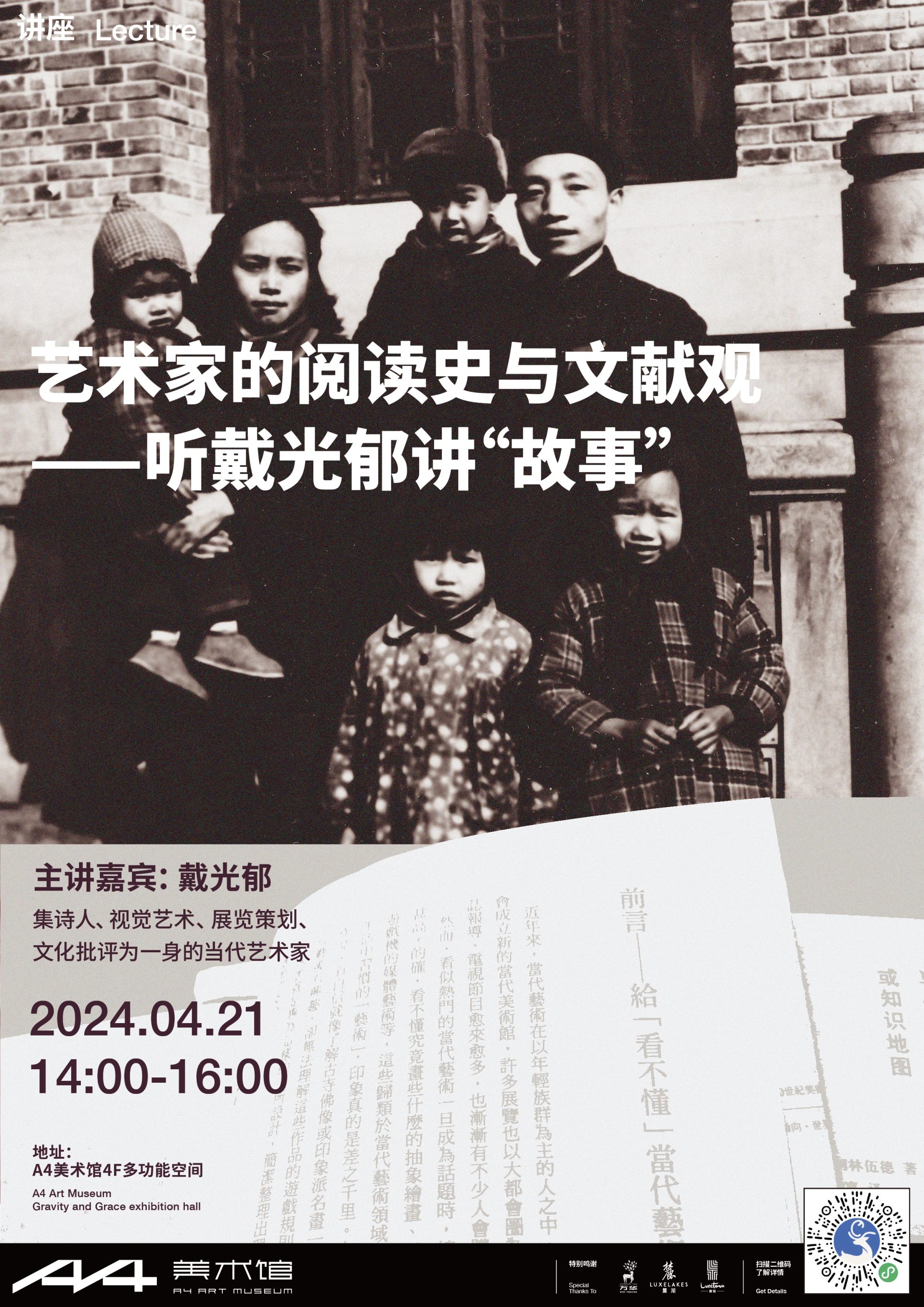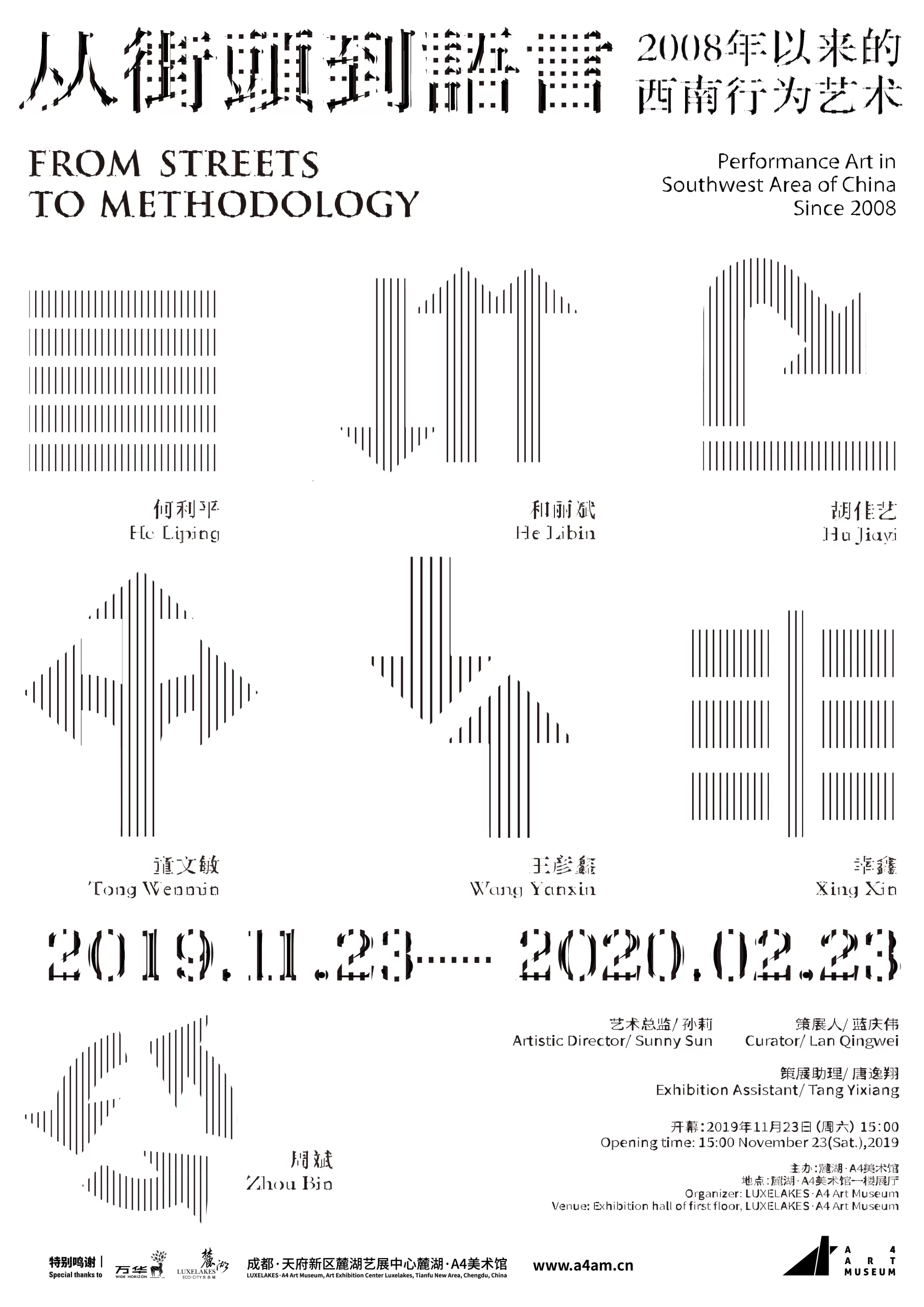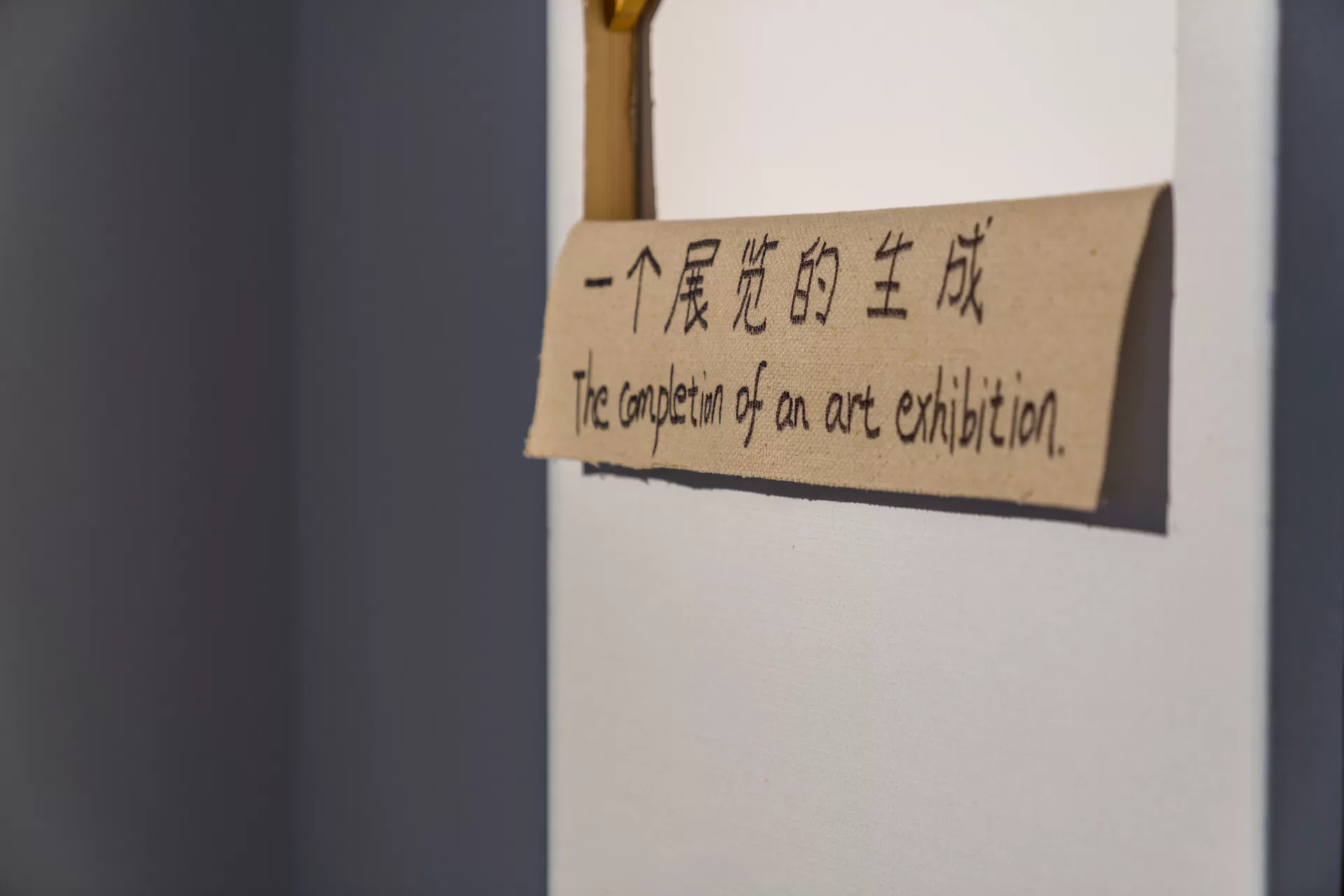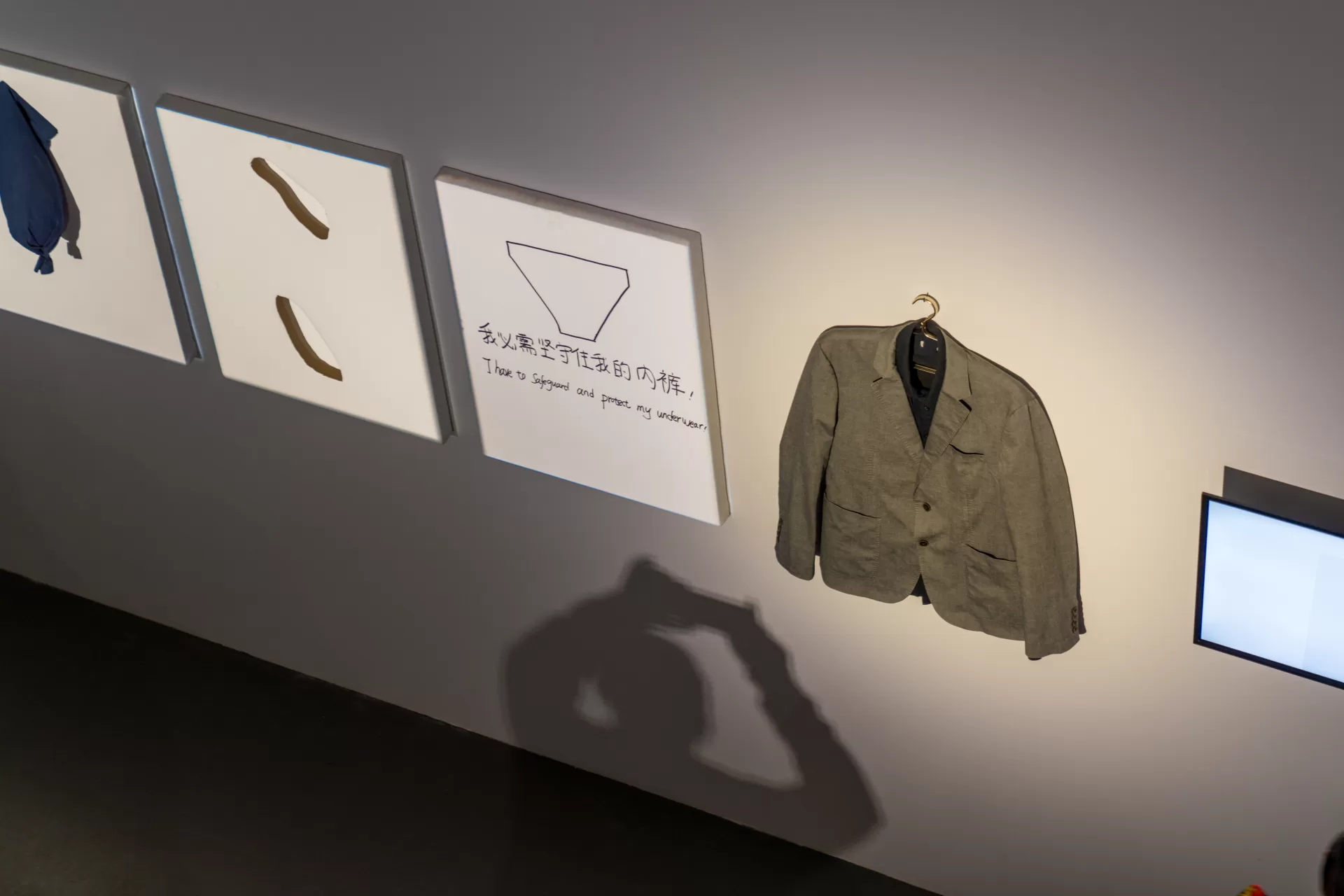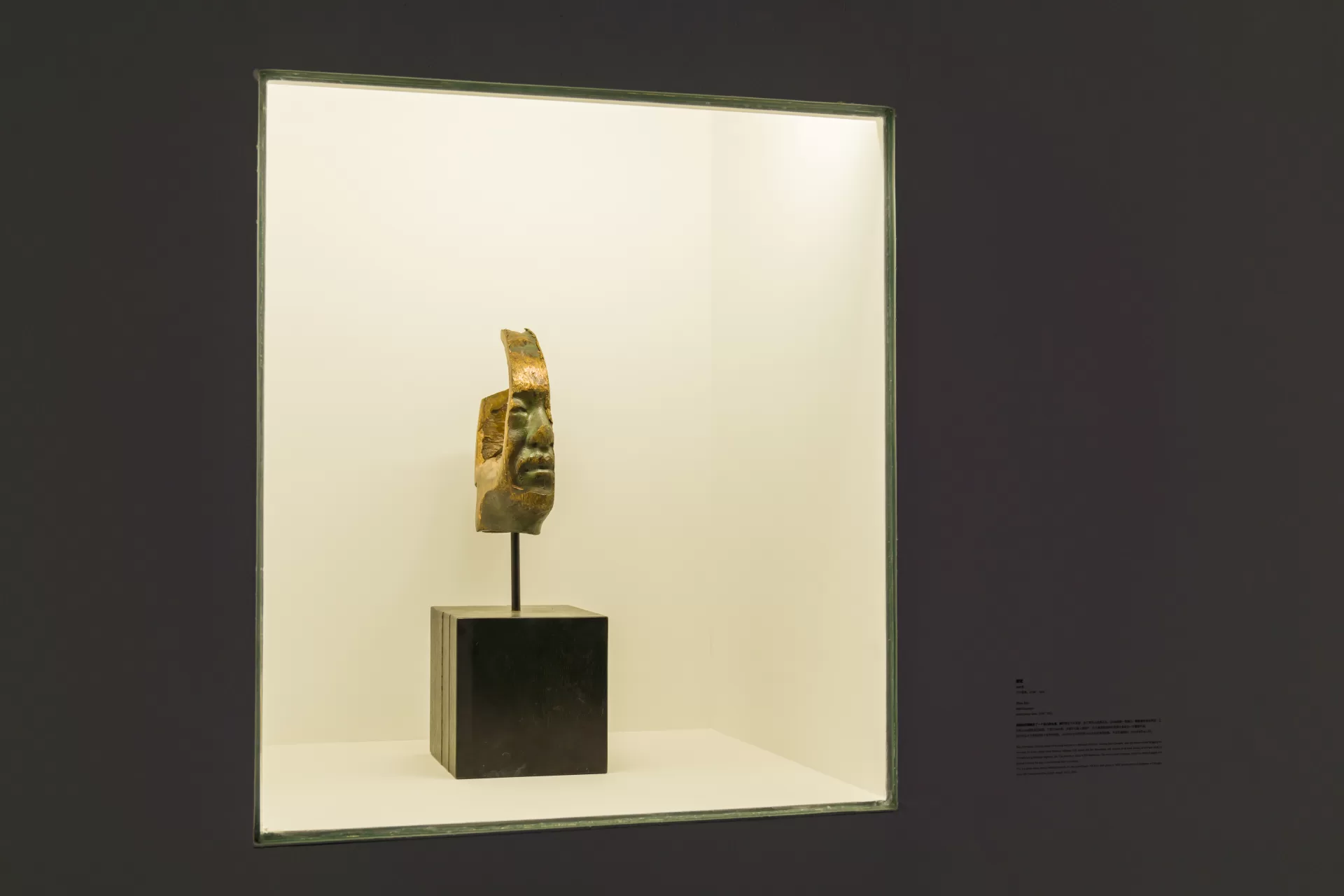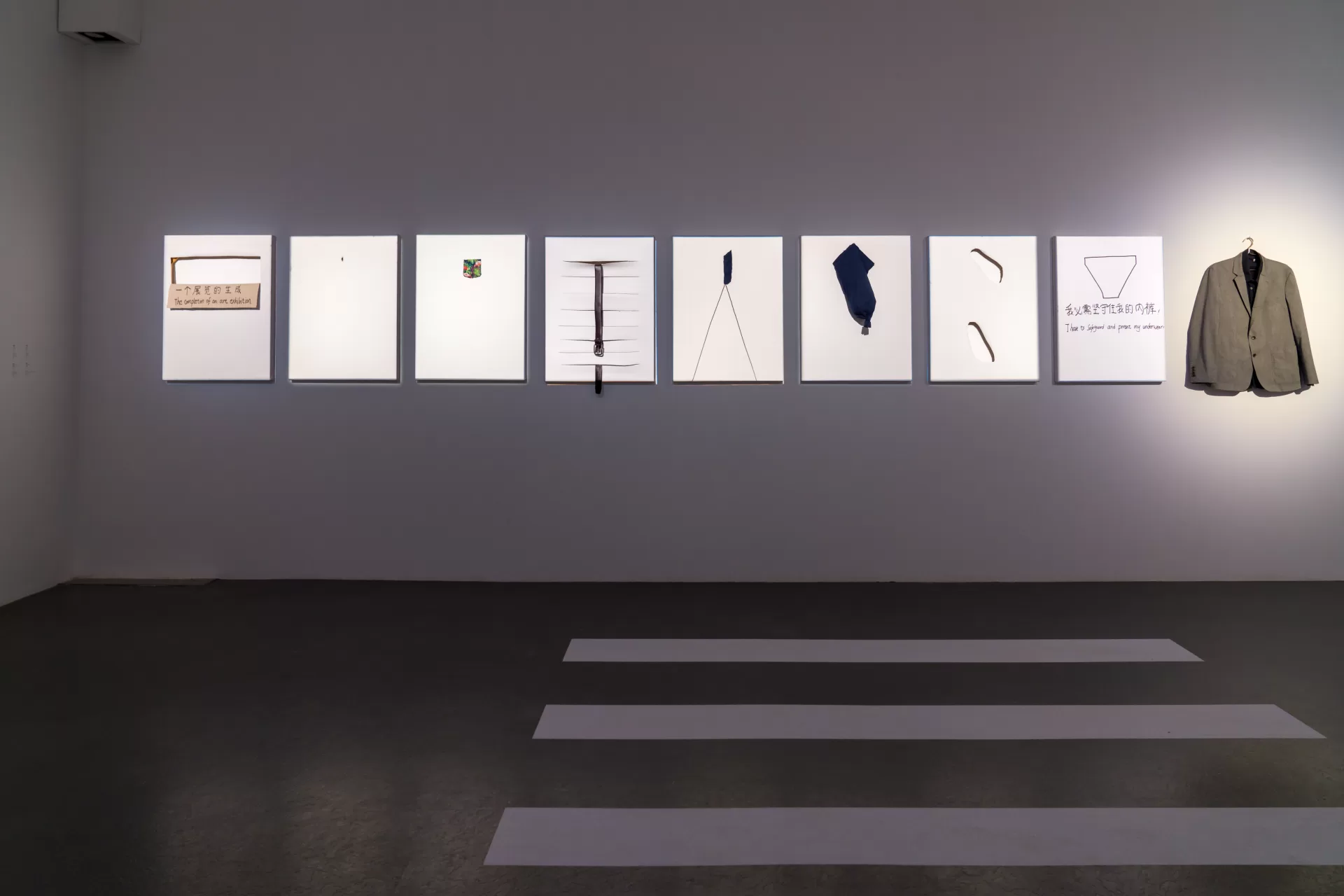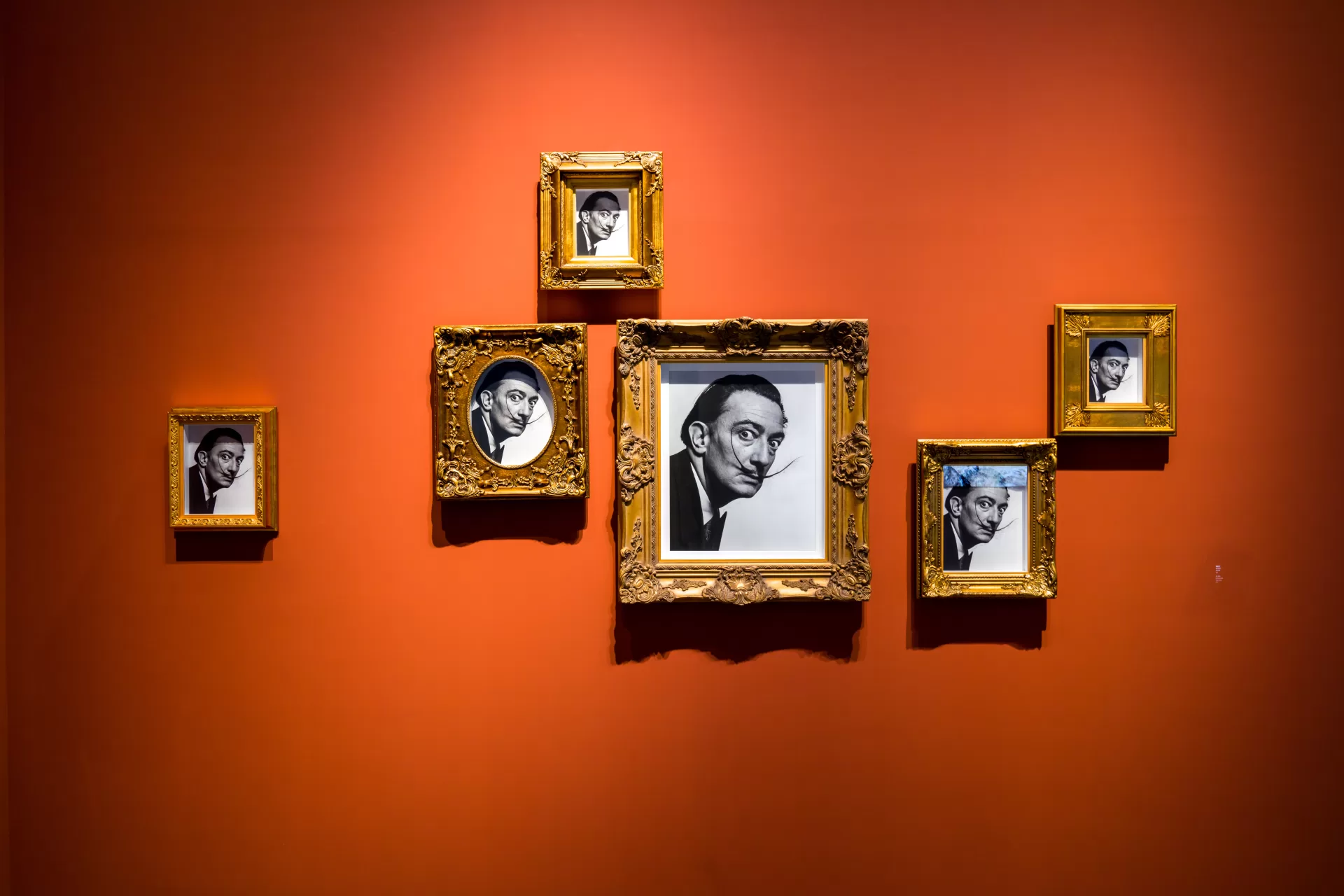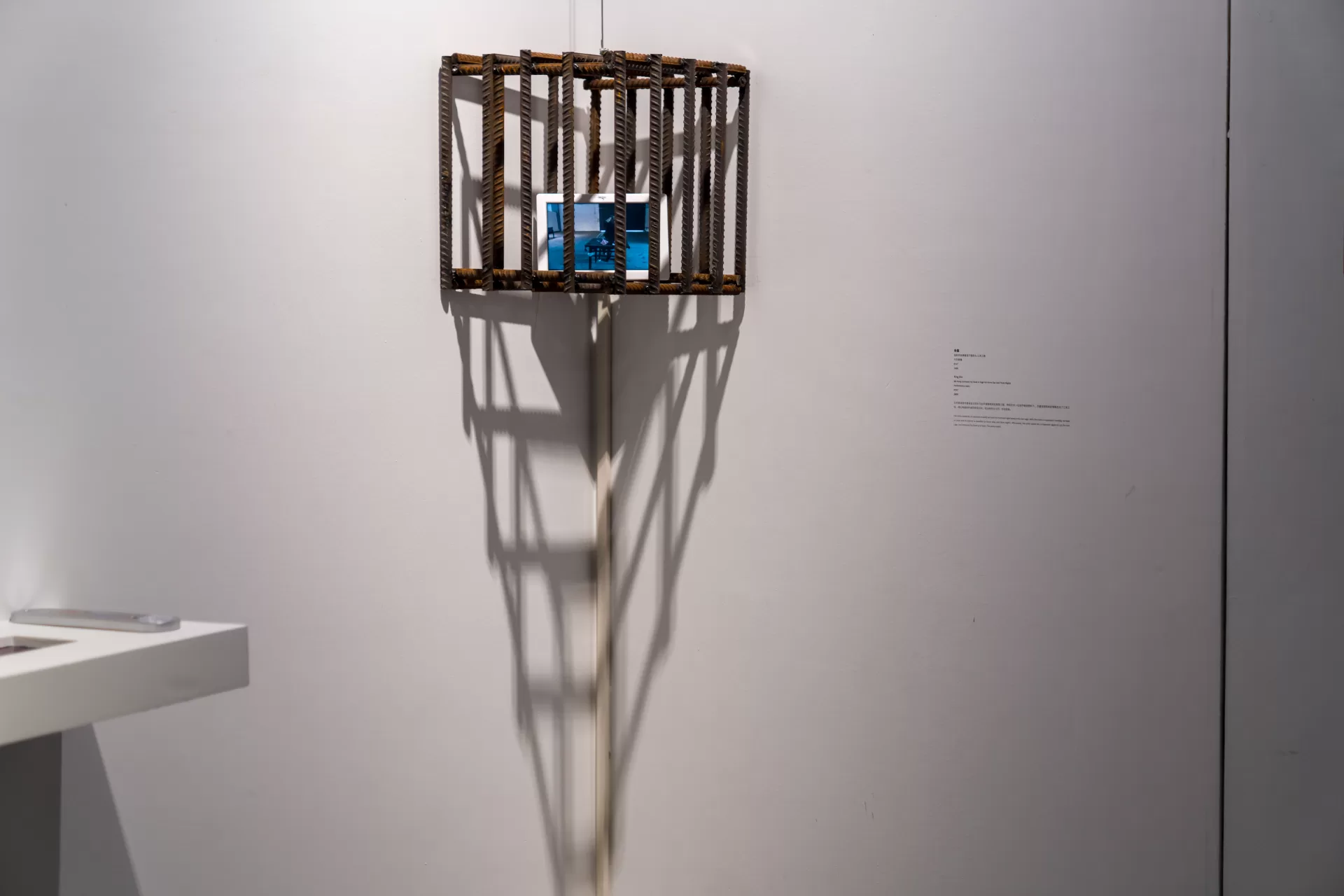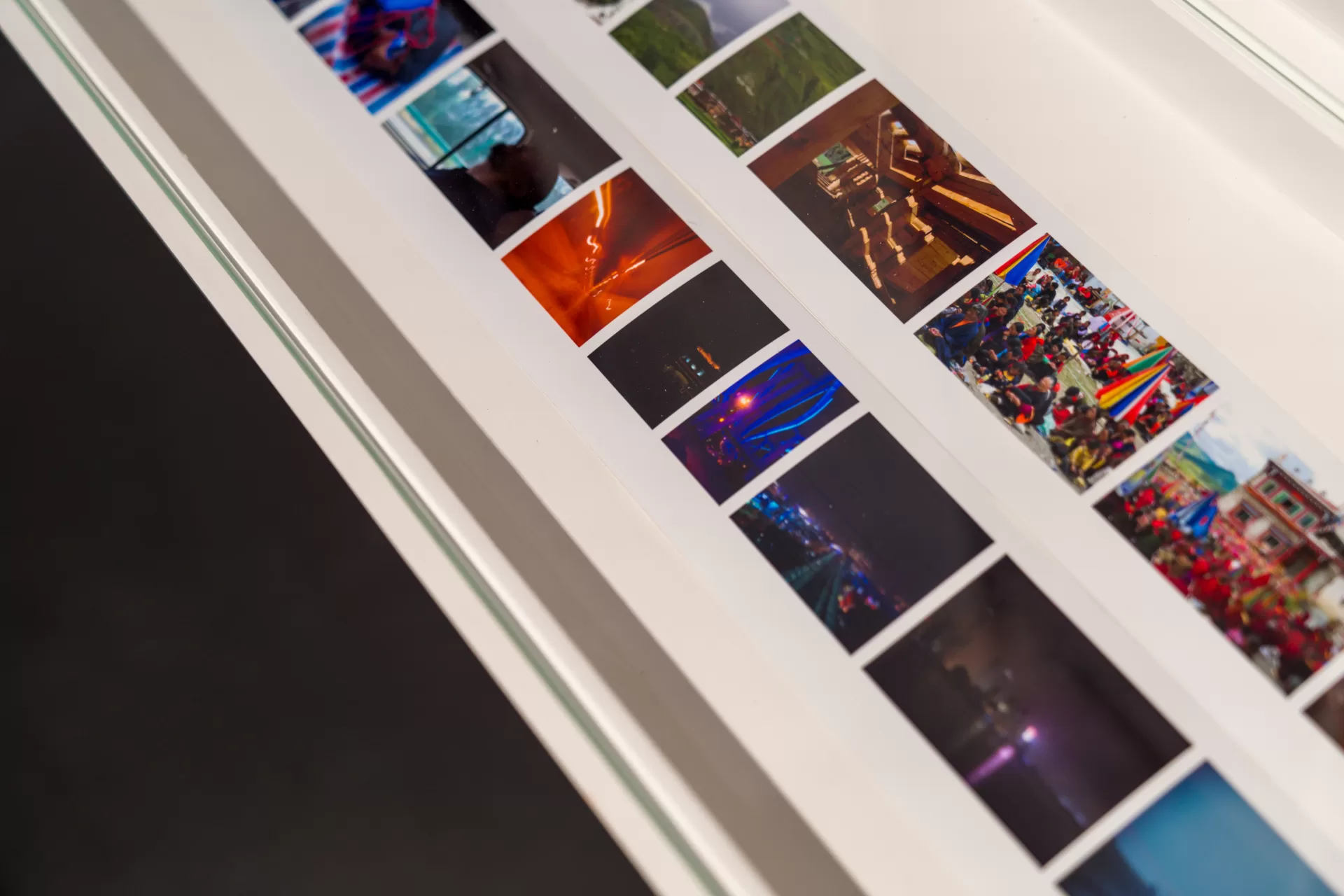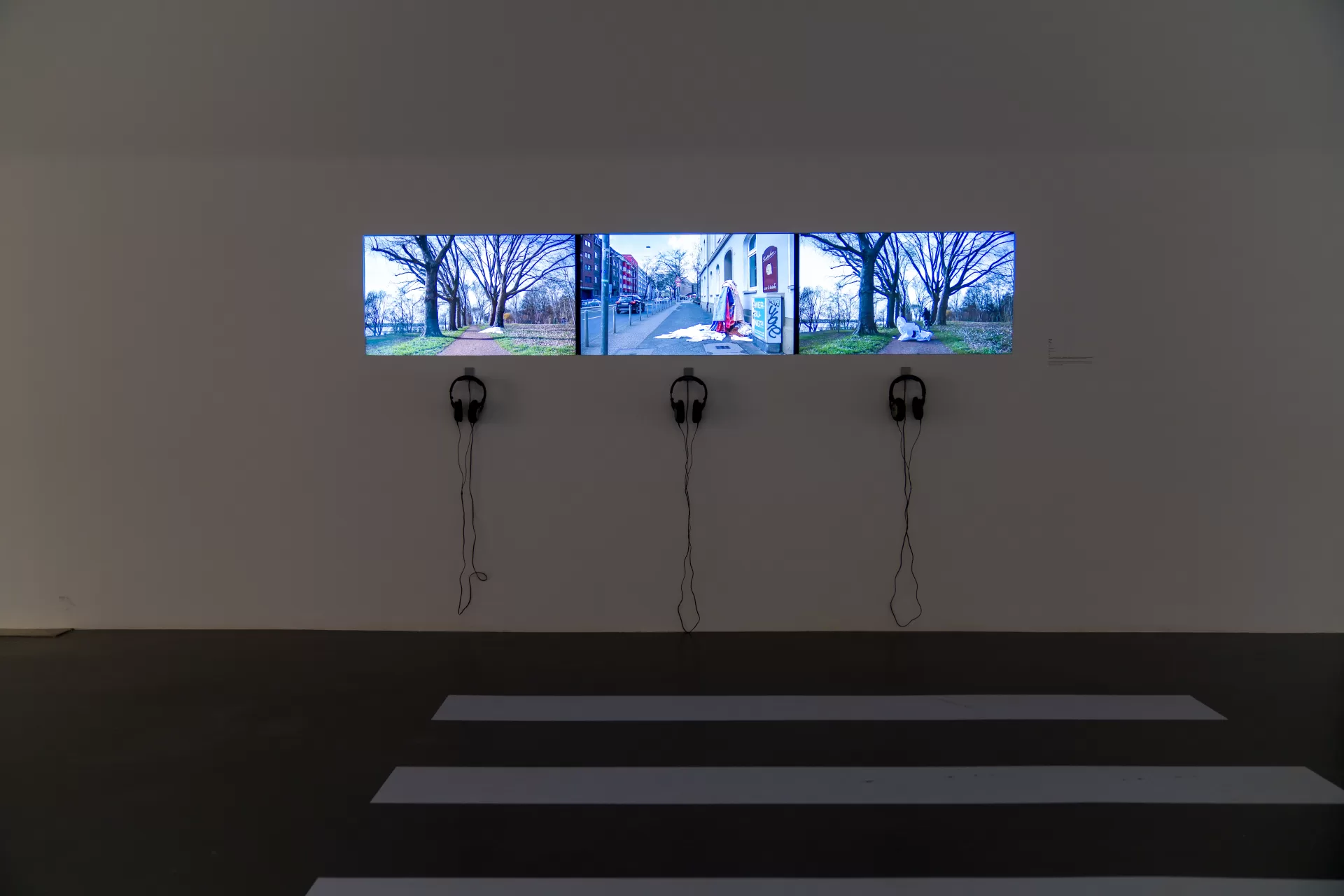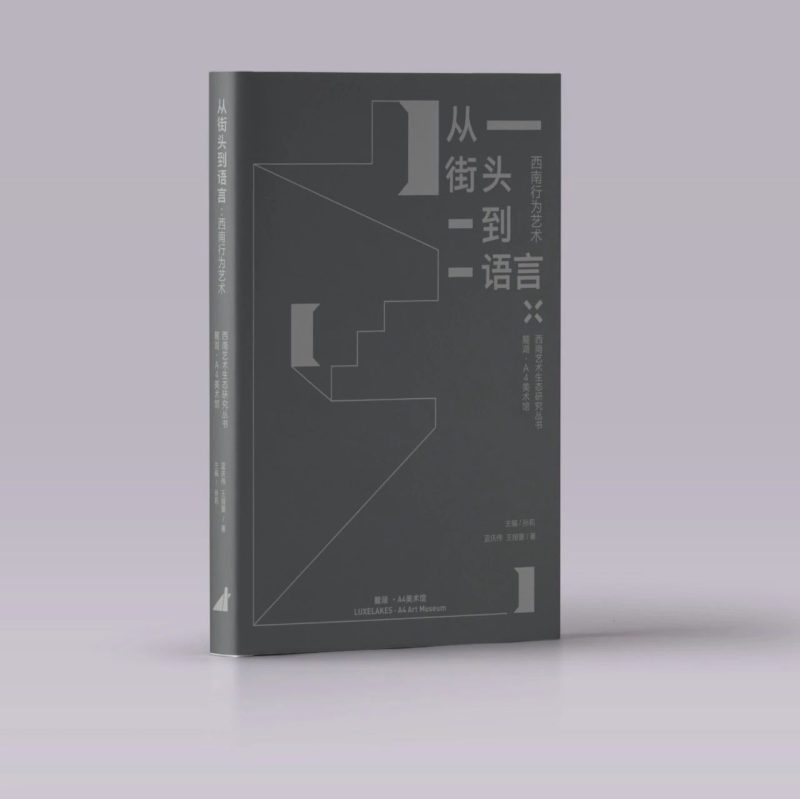From Streets to Languages: Behavior Art in Southwest Area Since 2008
Lan Qingwei, Wang Yalei
In China, the geographical concept of “Southwest” includes Tibet and parts of Hunan, Hubei and Guangxi, but in terms of cultural similarity and integration, we are more accustomed to “Southwest” mainly referring to Yunnan, Guizhou and Sichuan. Among them, one of the earliest to have artists involved in performance art—and quite impactful performance art—was in Guizhou. In 1988, Cao Li, Chen Qiji, Zhang Zhihua and friends conducted the series “People·Life·Faith”in Guizhou. Participants included professional artists, their relatives and friends as well as students and art lovers. Performance art in Sichuan began with Wang Jianwei’s “Planting Plan” in 1993, and in 1994, Dai Guangyu and his friends began to shift from painting to performance art. In 1995, “Water Guardians (the first) Art Event” was held on the Funan River bank. Organized by American Betsy Damon, more than ten artists from Sichuan, Beijing and the United States attempted their own creations, including Yin Xiuzhen’s Washing the River and Dai Guangyu’s Long-placed Water Index —works that have since become the cannon of Chinese performance art history. The key idea behind “Water Guardians” was to engage audiences directly with performance art, allowing it to receive official public opinion and support. Where performance art had met resistance in other regions, it was given a platform in Sichuan to develop and flourish. By 2000, “Water Guardians” had been enacted four times. During this period, “719 Artist Studio Alliance” was established in Chengdu. Performance artists intended to support and observe each other and jointly complete more works and events. Though Luo Zidan briefly joined the group, he soon left. The beginning of performance art in Yunnan was almost at the same time as that in Sichuan. Zhu Fazhi, known for Notice on Missing Persons (Yunnan) and This Person Is for Sale, The Price Is Negotiable (Beijing), became known as the first performance artist in Yunnan. After Zhu Fazhi left Yunnan and settled in Beijing, He Yunchang played a connecting role.
Before 2000, perhaps as it was becoming “legitimized” or “popularized”, performance art was often grouped with conceptual art, the avant-garde and “poor art” within mass media reports. During this period performance art of the Southwest was closely associated with the city and environment, a connection which also brought it towards social responsibility. Wen Pulin states, “In fact, most artists engaged in performance have a strong sense of social responsibility. Almost all have received higher education, and they are usually concerned with societal issues… To live sensitively and responsibly, an artist must adopt an avant-garde attitude. Performance art gives them room to explore.” The connection between performance art and urban development continues to this day. During the reconstruction of Kuanzhai Alley around 2005, performance artists created excellent works at the site. In “Avant -Garde Art of Chengdu: Performance Installation (1995-2012)”, Zha Changping details the four major trends of avant-garde art in Chengdu during the second half of the 1990s as ecologically concerned, humanistic, site specific and concerned with body aesthetics.
Another significant critic researching the development of performance art in the Southwest is Chen Mo. In writing about performance art of the Southwest—and especially Chengdu—Chen believes there are three major threads running through its development. The first is represented by the group known as the “Eight Eccentrics of Shu”; second are artists who worked independently; third are young artists who were mainly educated at art colleges and universities. Regarding these threads of development of performance art in Chengdu, Zha Changping and Chen Mo share similarities. The first thread mentioned by Chen Mo, 8Zha Changping called “719 Era—Community Creation” in the article “Avant-Garde Art of Chengdu: Performance Installation (1995-2012)”. The second was expressed by Zha Changping as “Post-719 Era—Individual Creation,” and was marked by the migration of Dai Guangyu (2004) and Yu Ji (2006) to Beijing and the division of 719 artists. Gao Minglu used the term “street avant-garde” to refer to the avant-garde art of Chengdu in the 1990s. According to Gao Minglu, Chengdu, a city without the support of fine art universities, exhibits an alternative nature of Chinese avant-garde art—anti-college, non-professional, market-driven, street and other characteristics. Gao Minglu’s analysis provides a different perspective for understanding the performance art of Chengdu, which ultimately is an analysis under the rubric of national contemporary art. Indeed, the analysis of Southwest performance art is multivalent. In addition to its own development, its characteristics and functions in the development of contemporary art are also indispensable. During the “Sino-Japanese Performance Art Exchange” in 2003 held in Chengdu Academy of Fine Art, students became the life-blood of creativity in performance, further reflecting that the power of art academies in this period cannot be ignored. From Chengdu Academy of Fine Art to Sichuan Fine Arts Institute, performance went from “entering” universities” to being “taught” by universities. This process of transformation is of milestone significance for the Chinese contemporary art. Many of the youth today engage with performance art in fine arts curriculums via courses, workshops and seminars. For universities, the construction of such a focus on the humanities is undoubtedly beneficial. Since 2008, the Performance Art Festival has represented a model for the continual development of art in the Southwest. The collection of Chinese and foreign artists to challenge and learn from one another on the same platform has resulted in a highly rigorous exhibition, with workshops and lectures on artists from China and abroad delving into many nuanced categories. At the same time, it connects art museums, galleries, universities, individual artists and the greater public—the entire spectrum of the art ecology—resulting in a new relationship between art and the city. Another kind of pan-exhibition, pan-scene performance art has also broadly taken root in self-organized or alternative spaces across Southwest China, with Kunming’s performance scene “Jianghu”, Chengdu’s performance scenes “Celebration” and “Frequency”, and Chongqing’s “Provincial Youth” as the main representatives.
When we talk about Southwest performance art since 2008, the most obvious change has been the context, including globalization and individualization, individualization and differentiation, the role of the marketplace, and new developments in method and language. Ecological concerns, humanitarian means, site specificity and body aesthetics have all become necessary elements within performance art, which in its movement towards public space, continues to develop a unique and interdisciplinary language.
